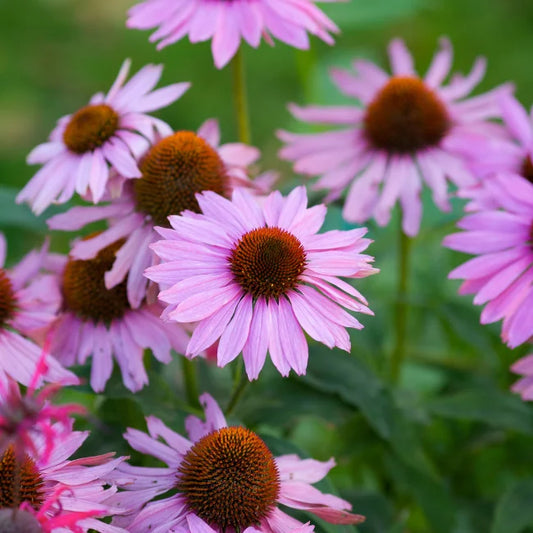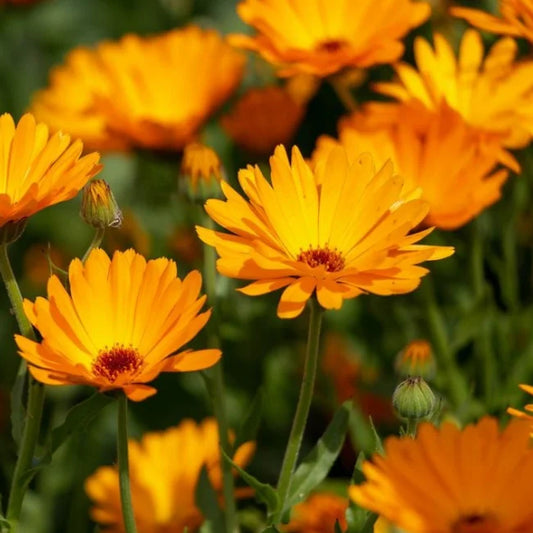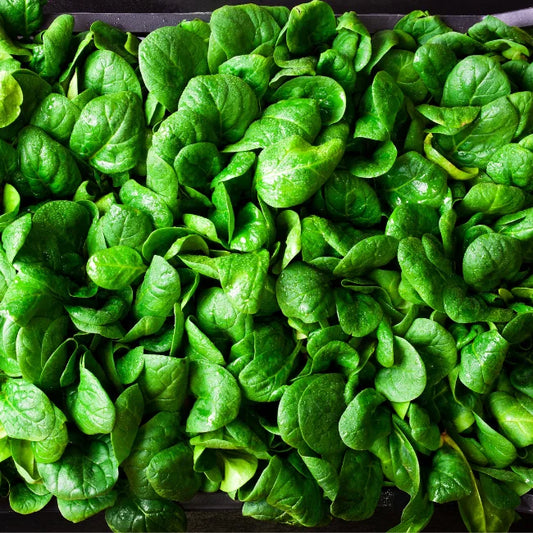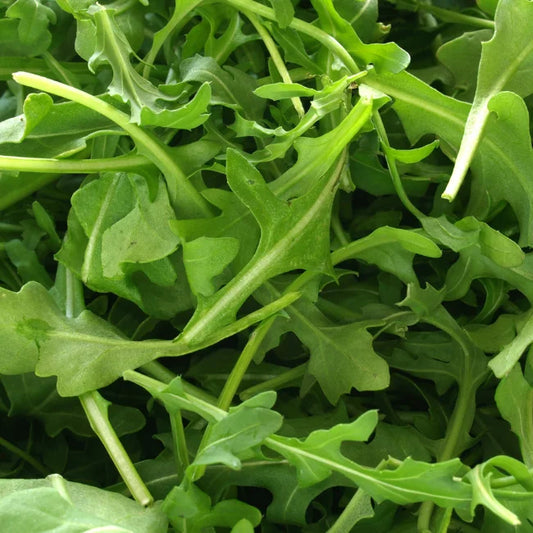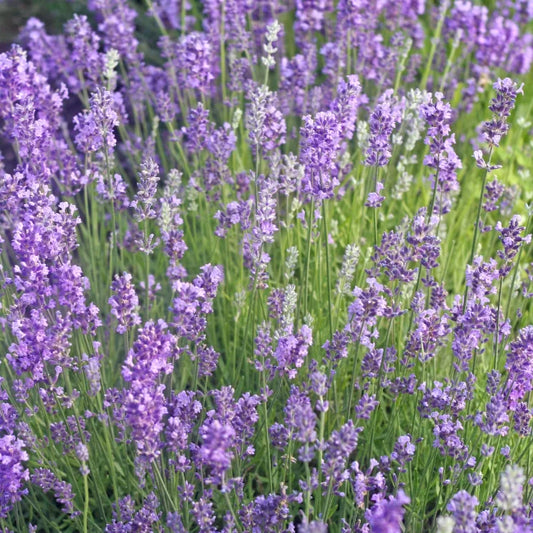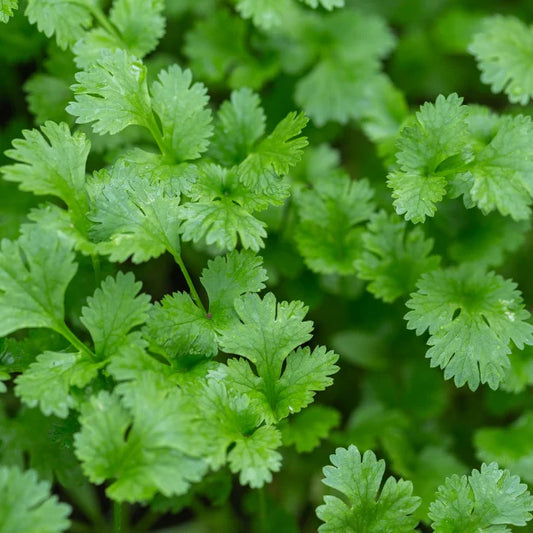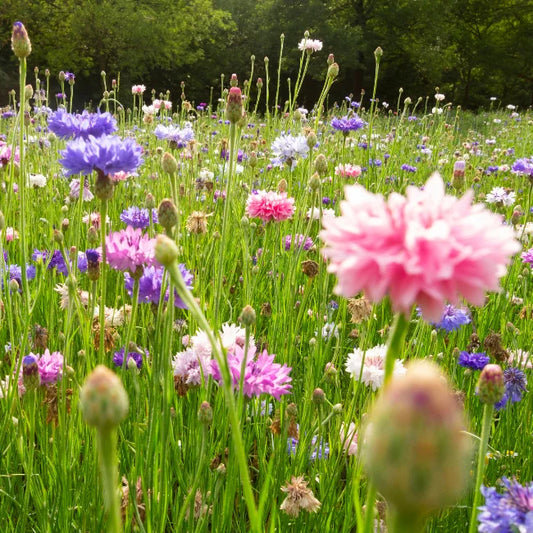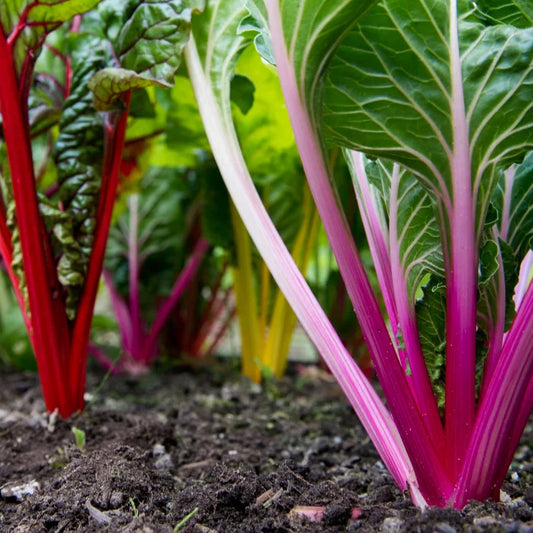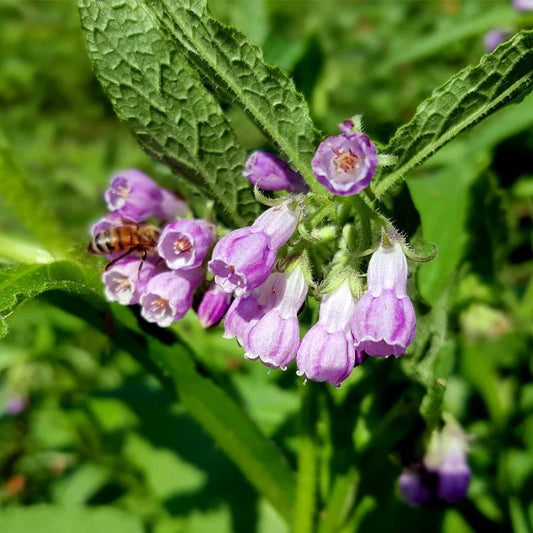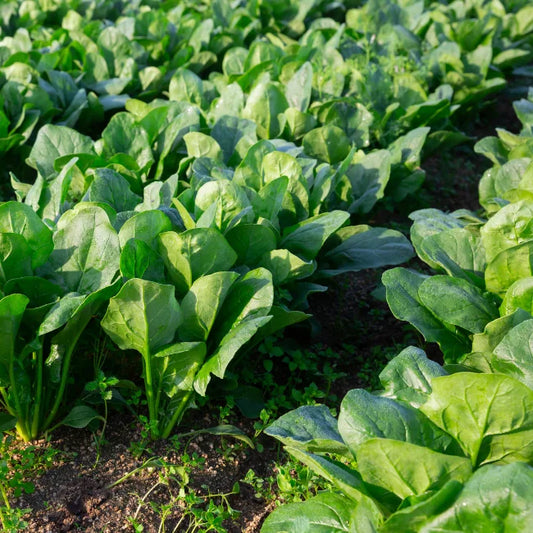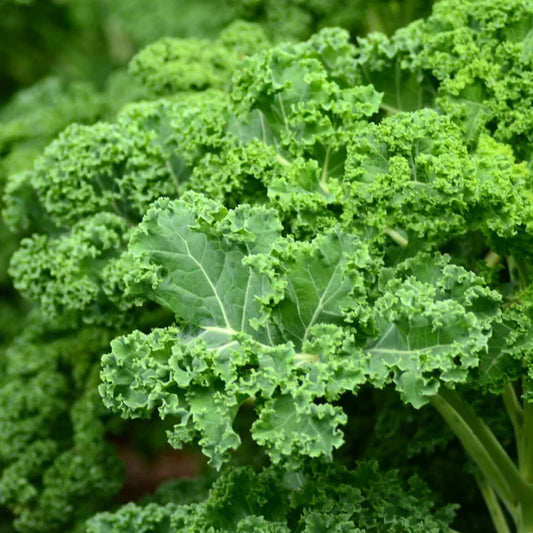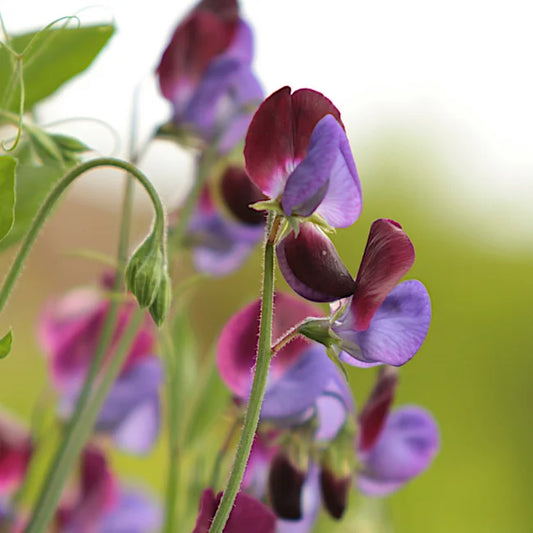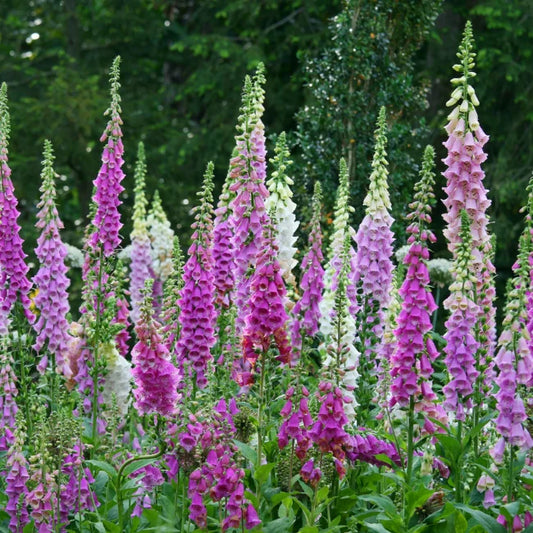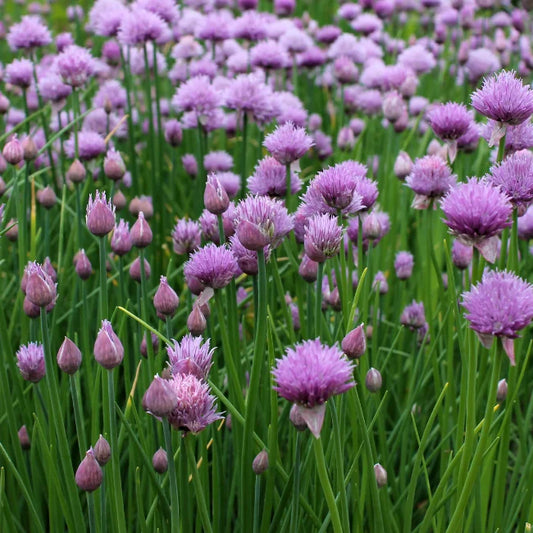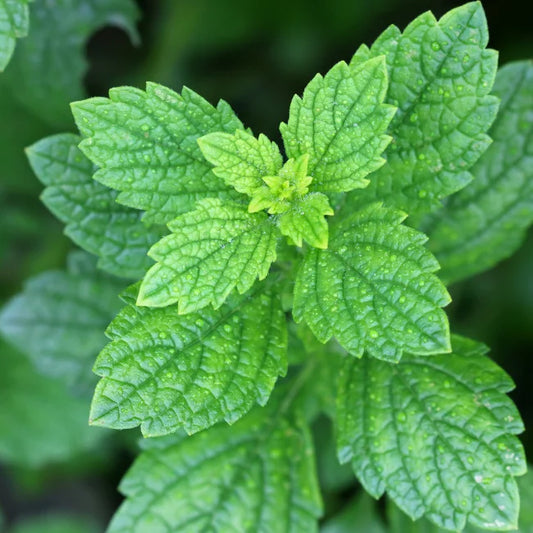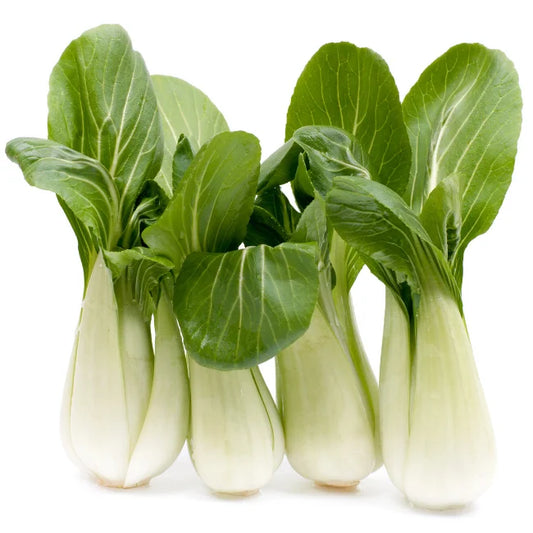There is still plenty that can be done in November. Below is a list of ideas of what to sow now, and underneath the list is the collection of seeds mentioned.
Vegetables Under Protection
In November the chance of frost will return. Because of this, it is best to sow under some kind of protection at this stage, i.e. a greenhouse, cloche etc. You can plant the following varieties to grow for their baby leaves - Rainbow Chard, Pak Choi, Chicory, Mustard, Cress, Spinach, Rocket, Lettuce.
Growth will be a lot slower this time of year due to lower temperatures and the lower amount of sunlight. If you really like any of these varieties, plant a little more than you usually would to make up for the slower growth. Providing you have the space.
Lambs Lettuce (Corn Salad) is a great choice at this time of year due to its tolerance of cold.
Direct Sow Annual Flower Seed
Providing temperatures don’t get too low in the coming weeks, you can still sow some annual flower seeds directly. It is best to get these plants growing so they have some foliage and roots established before the really cold weather kicks in, so they withstand the cold. The following varieties are good choices for this - Cornflowers, Delphinium, Opium Poppy, Poppy Pierrot, Love-In-a-Mist, Pot Marigold.
If they establish and make it through the Winter, you’ll have strong, slightly earlier flowering plants next year.
Raising Annual & Perennial Flowers Under Cover
The safest way to grow flowers (for next year) at this time of year is to start them under protection. Once these seeds are sown in pots or trays, to get them to germinate quickly, leave them in a greenhouse or better again, inside at room temperature.
That way they will germinate quickly. Once they germinate and develop two sets of leaves (cotyledon leaves and first true leaves) they can be kept in the greenhouse over Winter, or under whatever type of outdoor protection you can provide. Maybe there’s a sheltered corner in your garden that doesn’t get hit with frost.
These plants will grow slowly over Winter and be ready to plant out in Spring. They will be strong and vigorous plants that will produce early flowers next year. The following varieties are good choices for this - Echinacea, Pansy, Sweet Pea, Herb Robert Geranium, Doubtful Knights Spur, Corncockle, Lupin, Aquilegia, Cornflowers, Delphinium, Poppies, Love-In-a-Mist, Pot Marigold, Bellflower, Clematis, Foxglove, Lavender, Mallow, Scabiosa.
Herbs On The Window Sill
Some herbs can be grown inside on your window sill in small pots. Good choices for this are Parsley, Coriander, Lemon Balm, Dill and Chives. You can try Basil too, but it generally likes a little more heat. A south facing window that gets the most amount of sunlight is best. Just make sure to take the plants away from the window at night time if frost is due.
Planting Garlic
It is also still a good time to plant garlic that will then be ready to harvest next year. To do this, you break up the garlic bulbs into their separate cloves and plant them individually. You can see our range of garlic here.
Grow Microgreens
Microgreens are great to grow at this time of the year. If you’re not familiar with what they are, they’re baby plants usually only grown for 1 to 3 weeks after their seeds have germinated. Then they are harvested and eaten. They can be grown indoors all year around on your window sill. If you haven’t done it before, growing pea shoots is very easy and also very rewarding as you will get a good harvest from them and they taste great. You can see our collection of microgreen seeds here.
Sprouting Seeds
Seed sprouting is when you place seeds in a jar and grow them for a short period using only water. It can't be done with all types of seed, it is best to choose varieties from our range of sprouting seeds. Why not grow yourself some nutritious food in a matter of days!
Yellow Rattle
Yellow Rattle is very useful when creating a wildflower meadow as it takes nutrients from the grasses which surround it, leaving grass less vigorous and giving flowers a chance to establish.
Yellow Rattle seed needs to be sown directly into the ground in Autumn/Early Winter so the seeds are exposed to a period of cold over Winter. This helps them germinate the following Spring.
